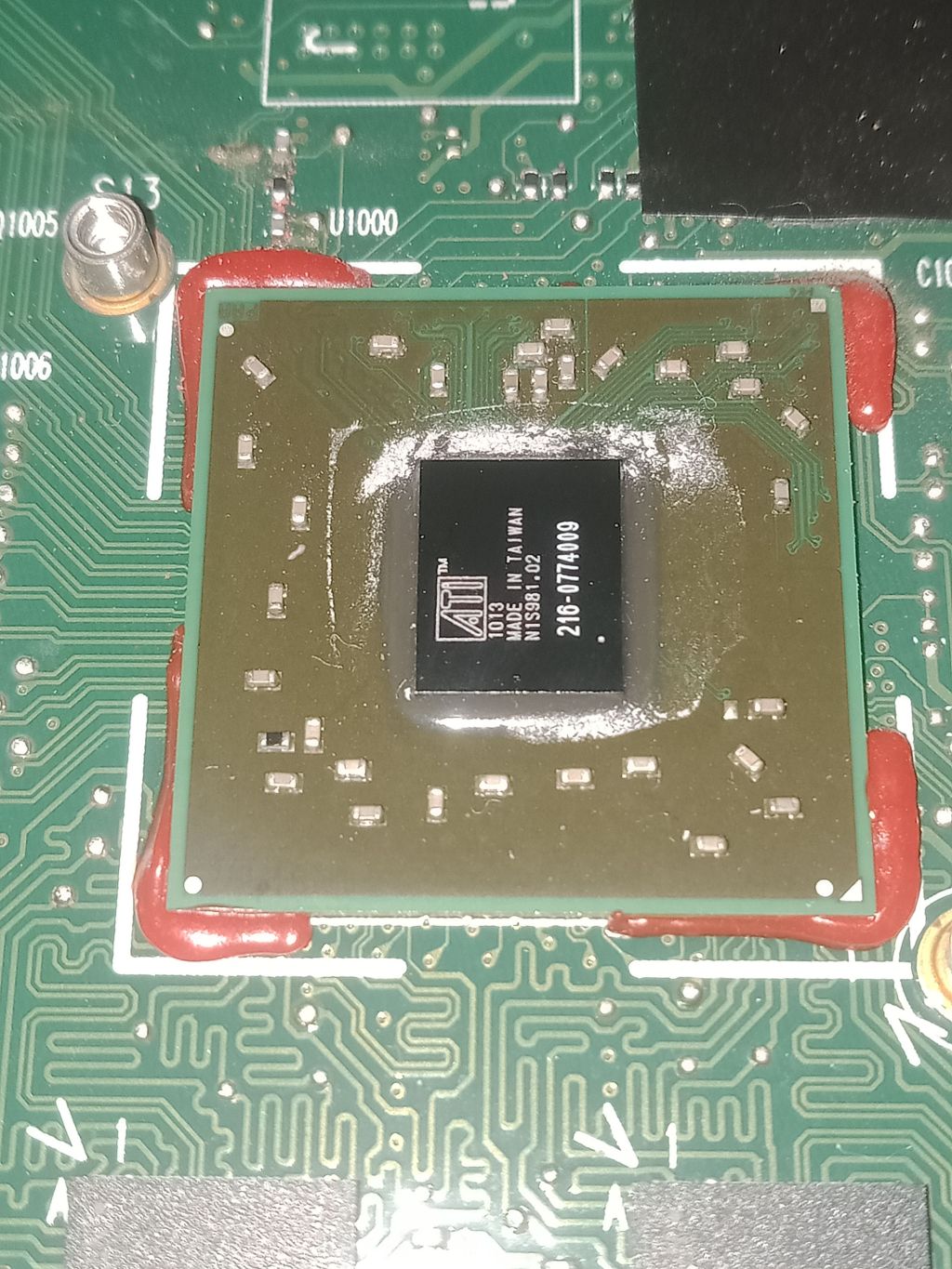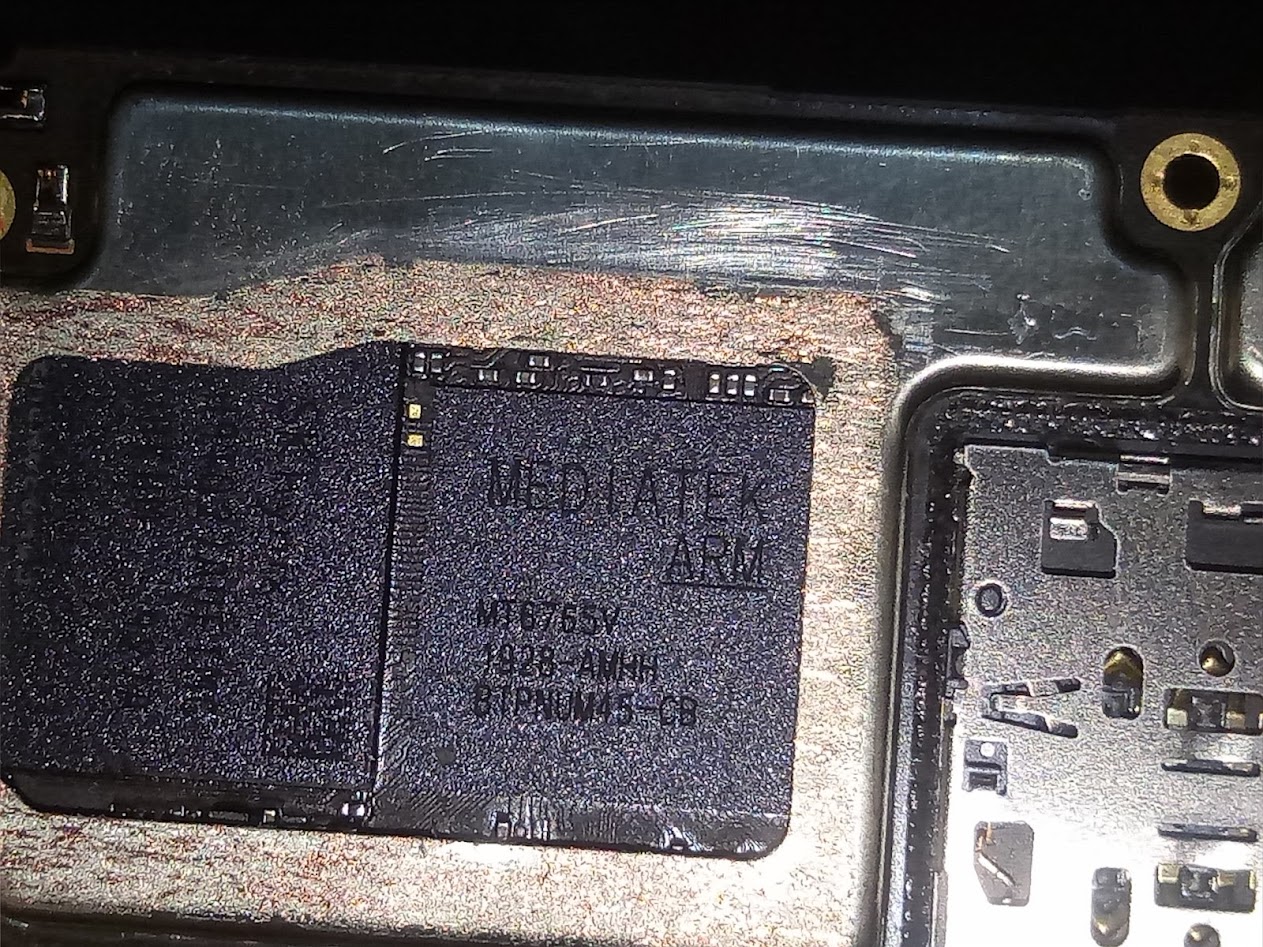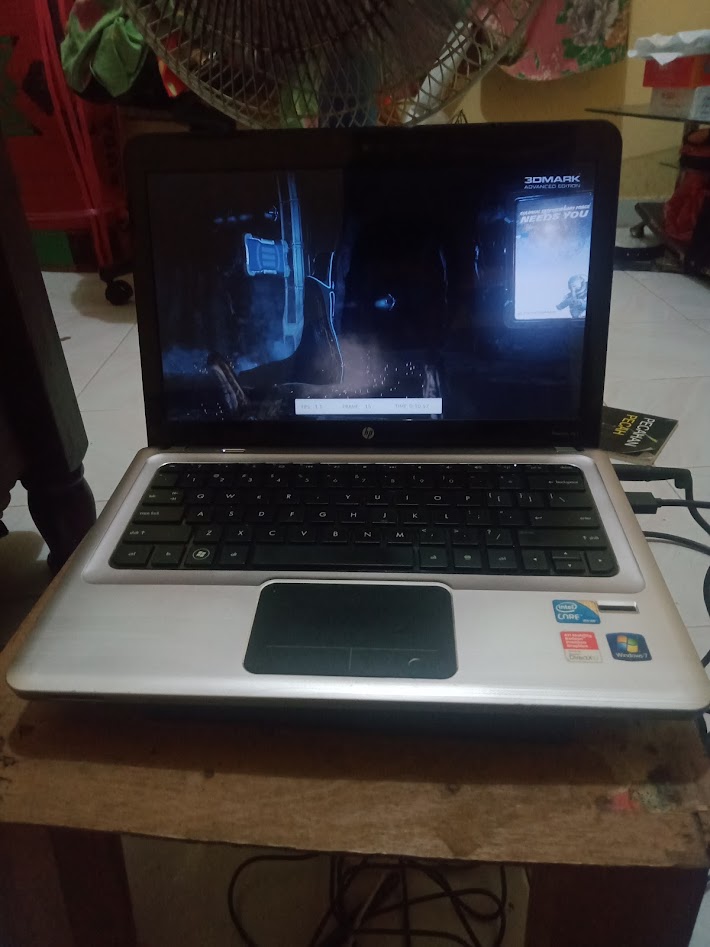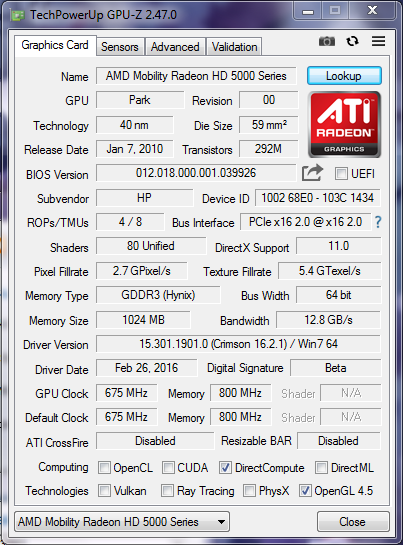Comparing: AMD/ATI Mobility Radeon HD 5450 vs IMG PowerVR Rogue GE8320 680MHz
In this comparison, we analyze two Videocards: AMD/ATI Mobility Radeon HD 5450 and IMG PowerVR Rogue GE8320 680MHz, using synthetic benchmark tests to evaluate their overall performance. This side-by-side comparison helps users understand which hardware delivers better value, speed, and efficiency based on standardized testing. Whether you're building a new system or upgrading an existing one, this benchmark-driven evaluation offers valuable insights to guide your decision.

AMD/ATI Mobility Radeon HD 5450
| Type: | Videocards |
|---|---|
| Brand: | ATI/AMD |
| Model: | Mobility Radeon HD 5450 |

IMG PowerVR Rogue GE8320 680MHz
| Type: | Videocards |
|---|---|
| Brand: | Imagination |
| Model: | PowerVR GE8320 680MHz |
Specification Comparison Table
This specification comparison presents technical details of several devices or components to help you understand the key differences between each option. Use this table as a reference to determine which device best suits your needs.
| Specification | AMD/ATI Mobility Radeon HD 5450 | IMG PowerVR Rogue GE8320 680MHz |
|---|---|---|
| Architecture | Terascale 2 | PowerVR Series8XE |
| Codename | Park Pro | - |
| Buswidth | 64 bit | - |
| Clock | 675 MHz - - | 400 MHz - 680 MHz |
| Memory Clock | 1GB GDDR3 | - |
| Technology | 40 nm | 20 nm |
| Interface | PCIe x16 2.0 | IGP |
| Technology | 40 nm | 20 nm |
| Segment | Laptop | Mobile |
Submission Comparison Table
This submission comparison table displays the number and details of benchmark data submissions from various devices or components. This information helps you understand the performance based on the benchmarks that have been tested, as well as providing an overview of the consistency and popularity of the available benchmark results.
| No. | Benchmark Software | AMD/ATI Mobility Radeon HD 5450 | IMG PowerVR Rogue GE8320 680MHz |
|---|---|---|---|
| 1 | 3DMark - Ice Storm |
25624 marks |
10470 marks |
| 2 | 3DMark - Ice Storm Extreme |
15735 marks |
7779 marks |
| 3 | 3DMark - Ice Storm Unlimited |
23419 marks |
11663 marks |
| 4 | Geekbench4 - Compute |
2974 points |
3284 marks |
Submission Comparison Chart
This chart visualizes the benchmark scores comparison between two hardware devices based on submitted data.
Media Gallery
A collection of photos of tested hardware. These images can help you identify the physical form, model, and variant of the hardware in question. These photos are from our own documentation, and if they are not available we may not be able to document them.
About Hardware AMD/ATI Mobility Radeon HD 5450
The ATI Mobility Radeon HD 5450 is a mobile graphics card released in 2010, designed for entry-level laptops that require basic GPU acceleration. Based on Terascale 2 architecture, the HD 5450 features 80 stream processors (shaders) and is typically paired with 512MB to 1GB of DDR3 or GDDR3 VRAM, depending on the laptop configuration. It operates at a core clock speed of up to 675 MHz, providing just enough power for light multimedia tasks and low-end 3D workloads.
This GPU supports modern graphics standards of its time, including DirectX 11, OpenGL 4.2, and UVD (Unified Video Decoder), which enhances video playback efficiency and allows smooth playback of HD content such as Blu-ray and 1080p videos. Thanks to UVD, the GPU offloads video decoding tasks from the CPU, resulting in better overall performance in multimedia-centric usage. However, the narrow memory bus and limited shader count make the HD 5450 unsuitable for modern gaming or professional graphics workloads.
When it comes to gaming, the Mobility Radeon HD 5450 can only run older or less demanding games like Counter-Strike: Source, GTA San Andreas, or Warcraft III, often at low resolution and minimum settings to maintain playable frame rates. Newer 3D titles or even moderately intensive games will struggle on this GPU, especially under Windows 10 where driver support is minimal and outdated.
Despite its aging specs, the ATI Mobility Radeon HD 5450 still finds relevance in older laptops like the HP Pavilion dv3-4054TX, especially for users who prioritize basic productivity, web browsing, office work, and media playback. While it lacks the horsepower of modern integrated GPUs, it was a step forward at the time for delivering discrete graphics capabilities in compact notebook designs.
If you're restoring or maintaining an older Windows 7 or Windows 8 system for legacy software or retro computing needs, the Mobility Radeon HD 5450 can still deliver reliable performance within its limitations.
Hardware Detail:
Device: HP Pavilion dv3-4054TX
RAM: 4GB DDR3
OS: Windows 10, Windows 8, Windows 7
Tuesday, 19 July 2022 19:48:49 | Update: 1 month ago
About Hardware IMG PowerVR Rogue GE8320 680MHz
The PowerVR GE8320 is Imagination Technologies' Rogue architecture-based integrated GPU embedded in the MediaTek Helio P35 (MT6765) SoC. The GPU comes with two shader clusters and runs at a frequency of up to 680 MHz, delivering good power efficiency and sufficient performance for lightweight graphics needs in entry-level smartphones.
With support for modern graphics APIs such as OpenGL ES 3.2, Vulkan 1.0, and OpenCL 1.2, the PowerVR GE8320 is capable of running a variety of multimedia applications and light games on Android devices. While not ideal for intensive 3D games or professional graphics applications, this GPU still provides a smooth user experience in everyday activities such as video playback, social media, browsing, and light multitasking.
This GPU is used in entry-level devices like the OPPO A5s and OPPO A15s, which feature 3/32GB and 4/64GB RAM and storage configurations, respectively. In a 30°C ambient temperature test using a DHT11 sensor, devices with this GPU showed fairly stable thermal performance. Using the OPPO A15s is more recommended for testing and using the latest apps due to its higher operating system support (Android 10), while some apps no longer support Android 8.
The PowerVR GE8320 GPU demonstrates competitive performance in a series of synthetic tests. In the 3DMark Ice Storm benchmark, this GPU achieved a score of 10,470 points, indicating its ability to handle light to medium graphics. In the 3DMark Sling Shot Extreme benchmark, the PowerVR GE8320 scored 404 points, reflecting its limits in handling heavy graphics processing based on OpenGL ES 3.1. Meanwhile, in the AnTuTu v9 GPU-specific benchmark, it recorded a score of 12,248 points, positioning it as an efficient entry-level graphics solution for everyday needs. Finally, in Geekbench 4 Compute, the GPU achieved a score of 3,284 points, demonstrating sufficient computational performance to run applications with basic graphics acceleration. Overall, the PowerVR GE8320 is suitable for use in mid-to-low-end mobile devices with moderate graphics requirements.
These benchmark results show that the PowerVR GE8320 is capable of handling basic graphics quite well, but it is not intended for heavy graphics workloads. This GPU is ideal for use in devices with HD screen resolutions that are focused on battery efficiency and a smooth daily usage experience.
Hardware Detail:
Device: OPPO A5s & OPPO A15s.
Device Specs: MediaTek MT6765, 3/32 (A5s), 4/64 (A15s), Android 8 (A5s), Android 10 (A15s).
Room Temperature: 30°C based on DHT11 Sensors.
* I use the OPPO A15s device as an addition to the Imagination PowerVR Rogue GE8320 680MHz hardware, because some applications do not support devices with Android 8 version
Sunday, 08 September 2019 11:02:46 | Update: 5 days ago




